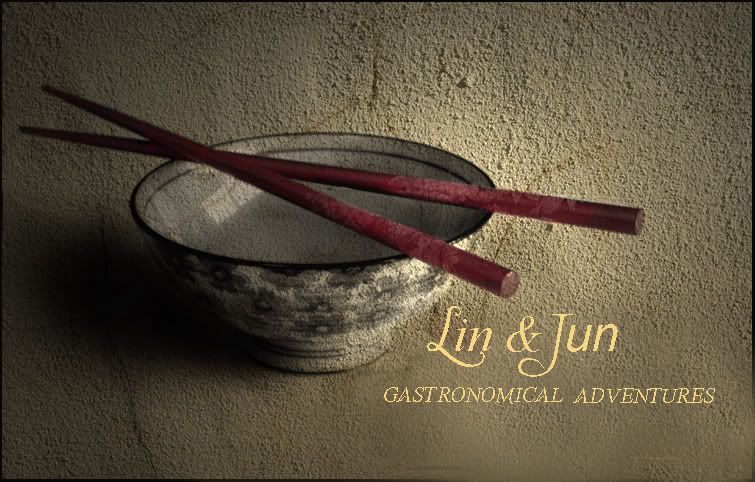 |
|
|
Lin & Jun Profile Lin's Kitchen Dining Out Archives July 2007 September 2007 Taggy |
Sunday, June 3, 2007 Some Dinners I made... With a Side of Garlic bread 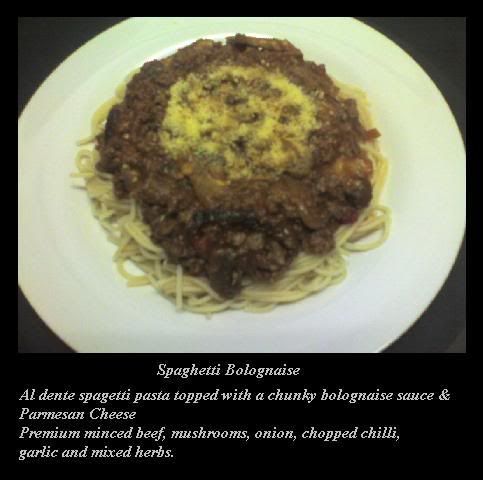  Fresh Garden Salad With Italian Dressing and Tasty Cheese 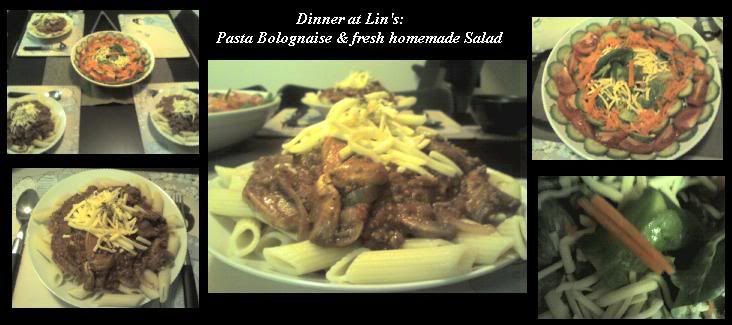 "Bolognese sauce (ragù alla bolognese in Italian, also known by its French name sauce bolognaise) is a meat based sauce for pasta originating in Bologna, Italy. Bolognese sauce is sometimes taken to be a tomato sauce but authentic recipes have only a very small amount of tomato, perhaps a couple of tablespoons of tomato paste."-Wikipedia 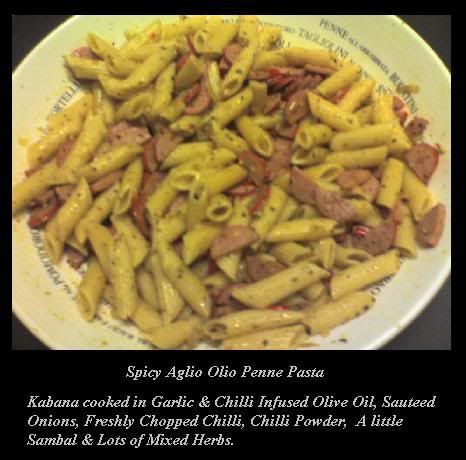 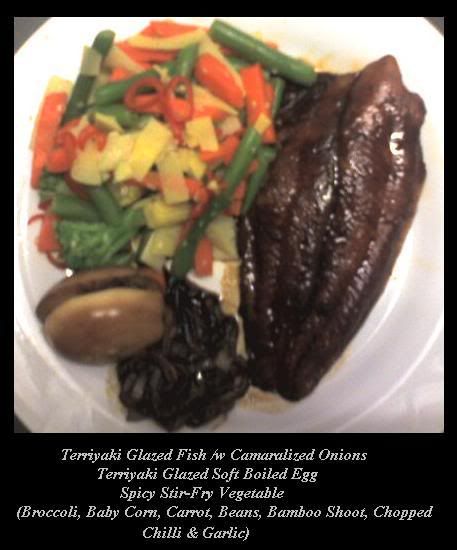 With A Side of Potato Rosti 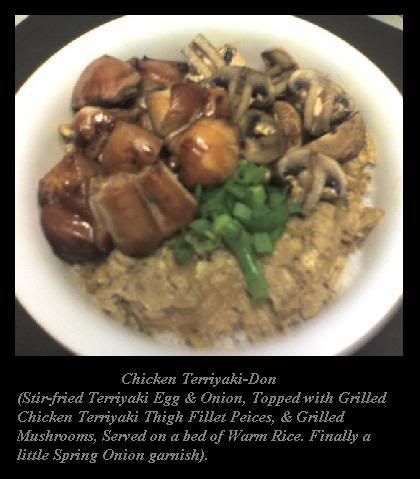 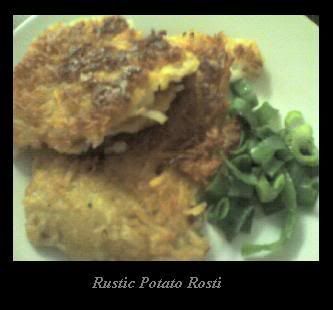 "Donburi (丼, lit. "bowl", also frequently abbreviated as "don", thus less commonly spelled "domburi") is a Japanese "rice bowl dish" consisting of fish, meat, vegetables or other ingredients simmered together and served over rice. Donburi meals are served in oversized rice bowls also called donburi. Donburi are sometimes called sweetened or savory stews on rice. The simmering sauce varies according to season, ingredient, region, and taste. A typical sauce might consist of dashi flavored with shoyu and mirin. Proportions vary, but there is normally three to four times as much dashi as shoyu and mirin. For oyakodon, Tsuji (1980) recommends dashi flavored with light soy sauce, dark soy sauce, and sugar. For gyudon, Tsuji recommends water flavored with dark soy sauce and mirin." -Wikipedia. And Miso Soup 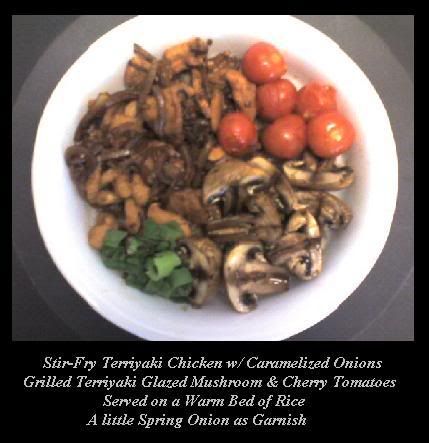 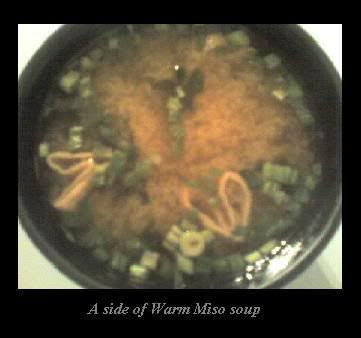 Chicken Thigh Fillet Peices (Shou Niku Yakitori) And Potato & Carrot, Mushroom, Cherry Tomatoes Yakitori  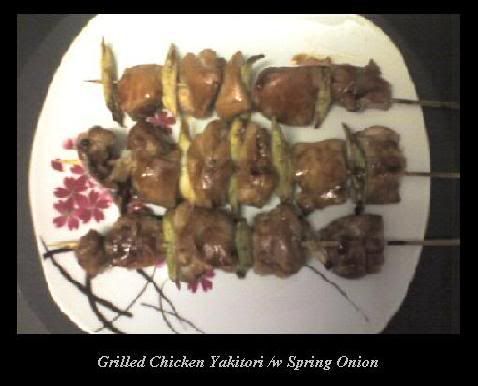 Lin's Note: (All Terriyaki sauces are homemade with the best quality sake. Makes a huge difference!) Terriyaki Sauce: Sake, Mirin, Shoyu (Japanese Soy Sauce) and Sugar. Someone asked me "What makes 'Yakitori' different from other types of meat/vegetables on sticks?" - The grilling process. While Grilling, one has to constantly turn the sticks and constantly brush on the sauce. It is a bit of a pain sometimes but the taste is worth the effort. "Yakitori (焼き鳥), lit. grilled bird, is a Japanese type of skewered chicken. It is made from several bite-sized pieces of chicken meat, or chicken offal, skewered on a bamboo skewer and barbecued, usually over charcoal. Diners ordering yakitori usually have a choice of having it served with simply salt (and sometimes lemon juice) or with tare sauce, which is basically made up of mirin, sweet sake, soy sauce and sugar. The sauce is applied on the skewered meat and is grilled until delicately cooked and is served with the tare sauce as a dip. Yakitori is a very popular dish in Japan. Many working people grab a yakitori and a beer from yakitori stalls on the way home from work. Yakitori is also a common, cheap accompaniment to beer in izakayas. Strictly speaking, the term "yakitori" refers to those consisting only of various chicken parts and vegetables. Similarly skewered grilled food made with other ingredients such as beef, pork, fish or seafood is usually available at yakitori establishments and are known as kushiyaki (串焼?), lit. skewer grill, in Japan. However, outside of Japan, and even in some areas of Japan (in particular Kyūshū, Higashimatsuyama city and parts of Hokkaidō) these would also be referred to as yakitori." - Wikipedia "The word 'teriyaki' is a combination of two Japanese words, teri, "luster", and yaki, "to grill or broil". The mirin in the sauce gives a good lustre to meat as it is cooked. Traditionally it was used with fish. It is used for cooking fish, chicken and pork. It can also be used to marinate meat. The ideal meats to use are chicken and fish." - Wikipedia "Mirin (kanji: 味醂; hiragana: みりん) is an essential condiment used in Japanese cuisine, with a slightly sweet taste. It is a kind of rice wine similar to sake, but with a lower alcohol content. In the Edo period, Mirin was drunk as a sweet sake. Otoso (お屠蘇 おとそ?), traditionally drunk on Shōgatsu (正月 - Japanese New Year) was made by soaking a spice mixture in mirin. In the Kansai style of cooking, mirin is briefly boiled before using, to allow some of the alcohol to evaporate, while in the Kantō regional style, the mirin is used untreated. Kansai-style boiled mirin is called nikiri mirin, literally "boiled-over mirin." Mirin is used to add a bright touch to grilled (broiled) fish or to erase the smell of it. A small amount is often used instead of sugar and soy sauce. It should not be used in excess however, as its flavor is quite strong. It is sometimes used as a sushi accompaniment." - Wikipedia "Japanese soy sauce, or shō-yu (しょうゆ, or 醤油, 正油) - is traditionally divided into 5 main categories, depending on differences in their ingredients and method of production. Japanese soy sauces include wheat as a primary ingredient, and this tends to give them a slightly sweeter taste than their Chinese counterparts; they also have a somewhat alcoholic, sherry-like flavor. Japanese and Chinese soy sauces are not really interchangeable in recipes; Chinese dark soy sauce comes closer to the Japanese one in overall flavor, but not in the intensity of the flavor or the texture." - Wikipedia "Sake (Japanese: 酒; pronounced [sa.kɛ]) (also saké and saki in English) is a Japanese word meaning "Japanese rice wine" (also called Nihonshu 日本酒) or "alcoholic beverage". In English, this word has come to refer to exclusively to the former. This article uses the word "sake" as it is used in English. Sake is widely referred to in English as "rice wine". However, this designation is not accurate. The production of alcoholic beverages by multiple fermentation is more characteristic of beer than wine. Also, there are other beverages known as "rice wine" that are significantly different from nihonshu." - Wikipedia And A Rice Vermecilli Stir-Fry 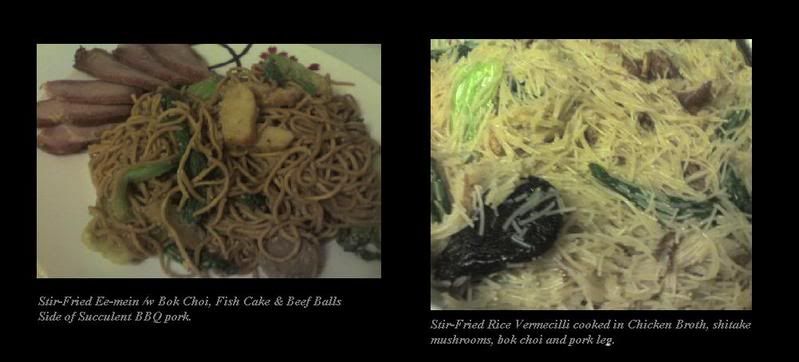 "Stir frying is an English umbrella term used to describe two fast Chinese cooking techniques: chǎo (炒) and bào (爆). The term stir-fry was introduced into the English language by Buwei Yang Chao, in her book How to Cook and Eat in Chinese, to describe the chǎo technique. The two techniques differ in their speed of execution, the amount of heat used, and the amount of tossing done to cook the food in the wok. Cantonese restaurant patrons judge a chef's ability to perform stir frying by the "wok hei" produced in the food. This in turn is believed to display their ability to bring out the qi of the wok." - Wikipedia Grilled Terriyaki Glazed Mushrooms Creamy Mash Potato with Honey-Glazed Ham  With Steamed Vegetables 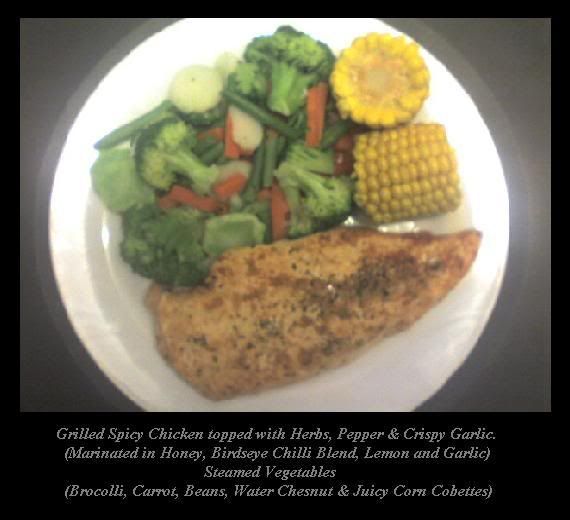 "Steaming is a preferred cooking method for health conscious individuals because no cooking oil is needed, thus resulting in a lower fat content. Steaming also results in a more nutritious food than boiling because fewer nutrients are destroyed or leached away into the water (which is usually discarded). It is also easier to avoid burning food when steaming." - Wikipedia (Homemade Marinate using 22 different type of sauces and herbs) Baked Potato & Carrot in Garlic and Herbs. 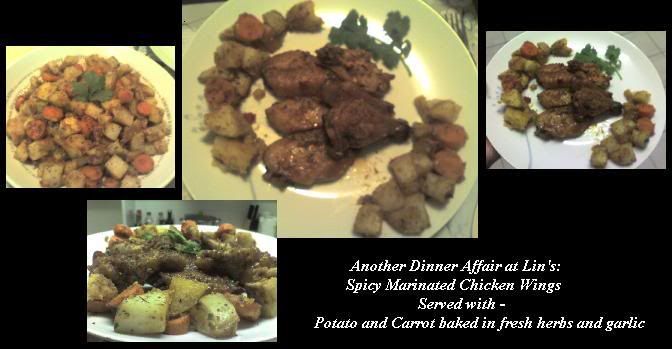 Spicy Stir-Fry Bok Choy Shitake Mushroom in Oyster Sauce 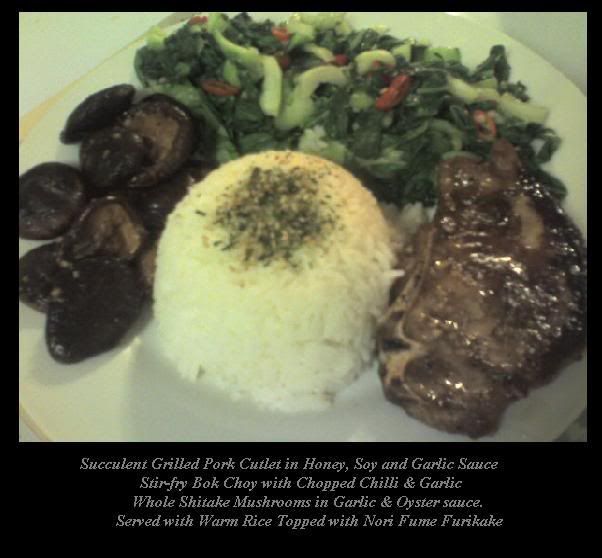 "The Shiitake (Lentinula edodes) is an edible mushroom native to East Asia. It is generally known in the English-speaking world by its Japanese name, shiitake listen (help·info) (kanji: 椎茸; lit. "shii mushroom," from the Japanese name of the tree that provides the dead logs on which it is typically cultivated). In Chinese, it is called xiānggū (香菇, lit. "fragrant mushroom"). Two Chinese variant names for high grades of shiitake are dōnggū (Chinese: 冬菇, "winter mushroom") and huāgū (花菇, "flower mushroom," which has a flower-like cracking pattern on the mushroom's upper surface); both are produced at colder temperatures. Other names by which the mushroom is known in English include Chinese black mushroom and black forest mushroom. In Korean it is called pyogo (hangul: 표고; hanja: 瓢菰), and in Thai they are called hed hom (เห็ดหอม, "fragrant mushroom")." - Wikipedia Spicy Vegetable Stir-Fry Sweet and Savory Mirin Egg  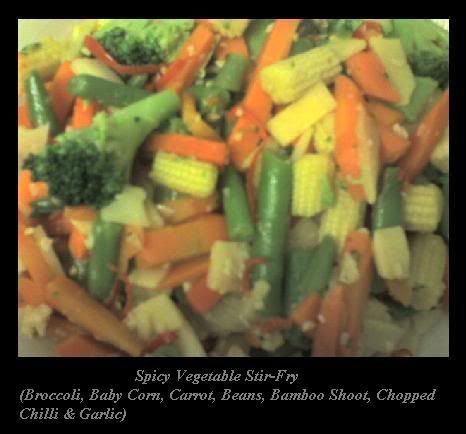 Well folks, that's it for today... Hope you enjoyed my homecooked dishes... More soon. Next... Japanese chicken Curry. With Love From Lin's Kitchen. |
Post a Comment
<< Go Back and Watch me Fumble